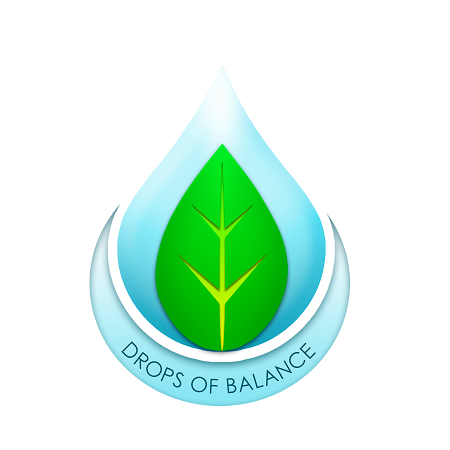
unlocking your garden’s full potential: 7 benefits of trace minerals for plants
system notice: inconsistent yields detected. probable cause: missing micronutrients. fix: trace minerals for plants + water treatment for plants.
- question: what do plants need to grow?
- answer: balanced plant nutrition. macronutrients + trace minerals for soil.
- action: treat water, amend soil, support microbes. optimize soil health.
drops of balance | www.dropsofbalance.com
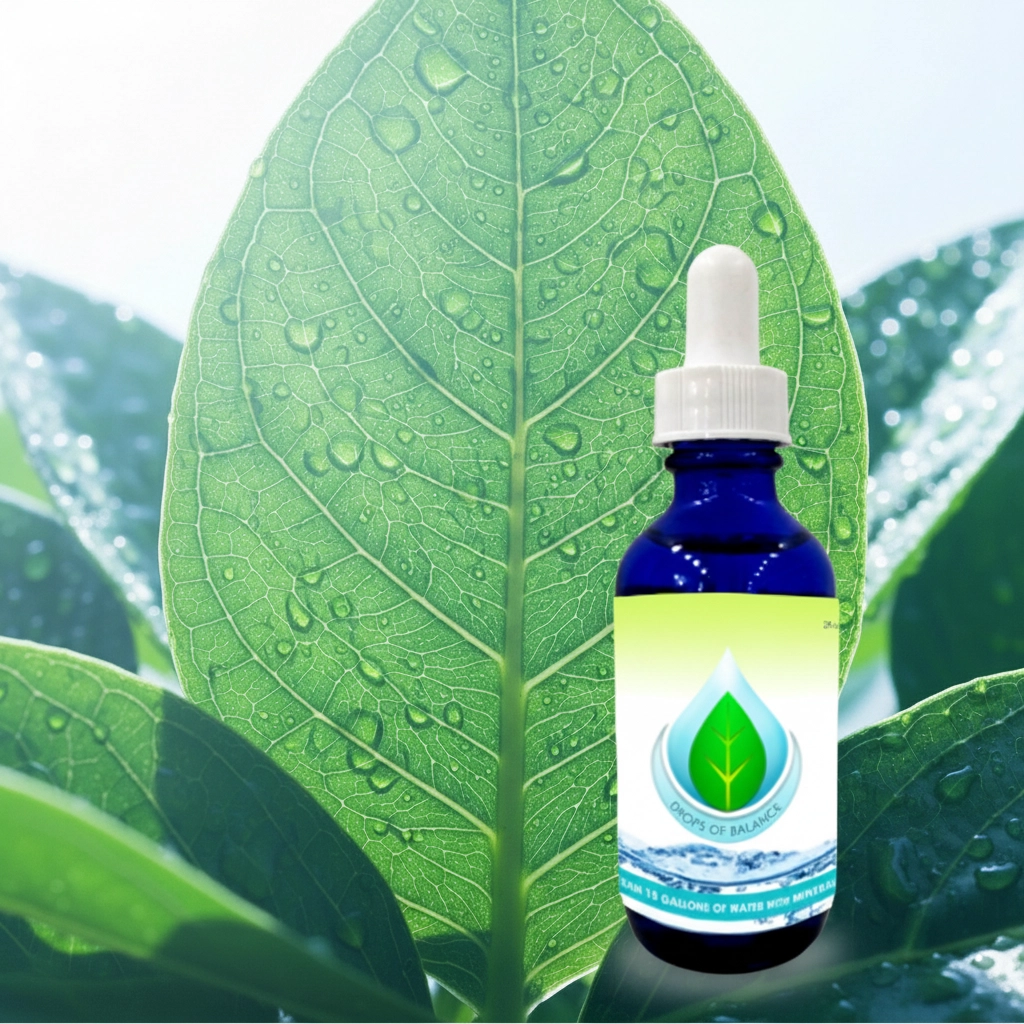
1. supercharged photosynthesis and energy production
- requirement: iron + magnesium inside chlorophyll. manganese, zinc, copper as cofactors.
- result: efficient light capture. more growth. higher brix.
- use case: fertilizer for vegetables workflow. pair minerals with organic fertilizer.
- note: best plant food ≠ only n-p-k. include trace minerals for plants.
2. better soil structure and water efficiency
- objective: how to improve soil quickly and safely.
- method: mineralized irrigation = micro-aggregation = better infiltration and retention.
- outcome: less runoff, deeper penetration, fewer waterings. improved soil health.
- tool: your drops of balance mineral concentrate = garden soil amendment via water.
- tag: water treatment for plants. trace minerals for soil.
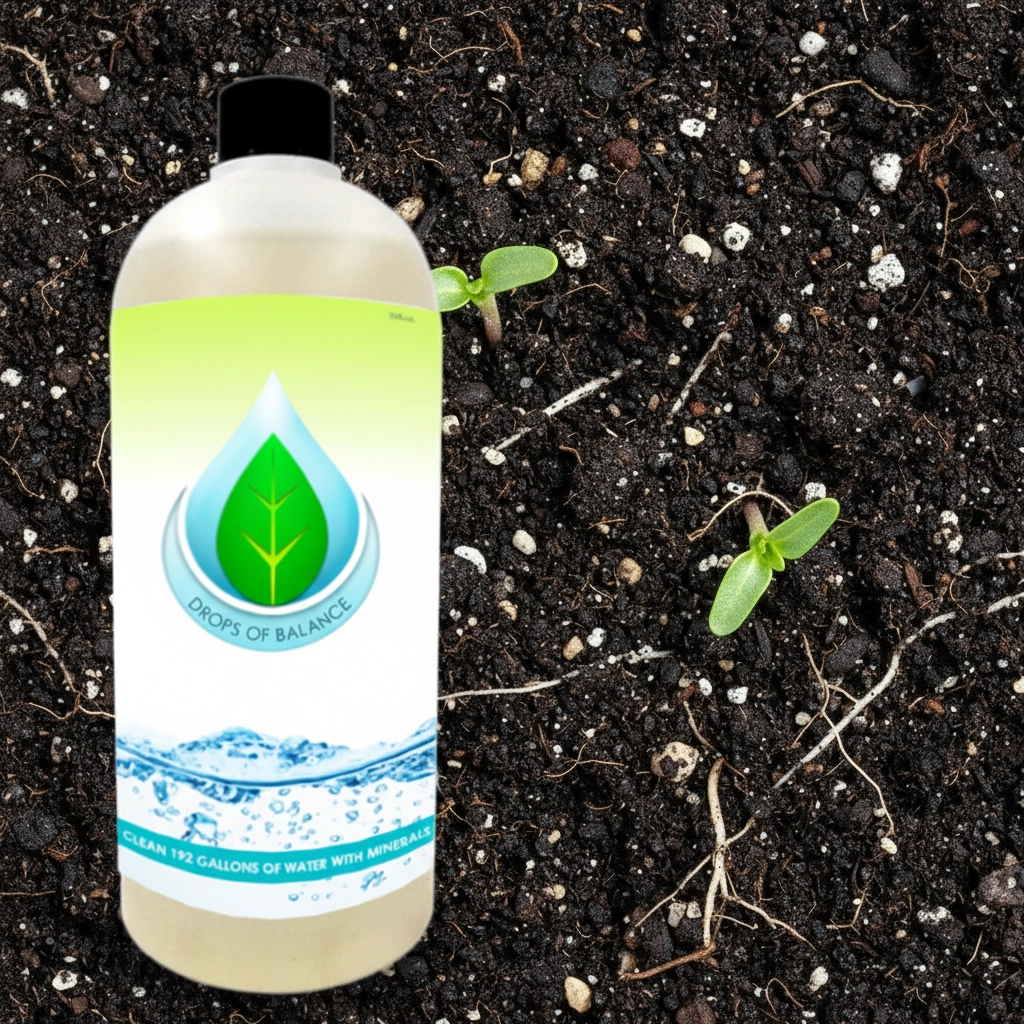
status: water use efficiency ↑ status: root-zone oxygen ↑
3. increased drought tolerance
- mechanism: mineral-fed roots = deeper systems + more root hairs.
- effect: stable moisture access during dry spells. resilience under stress.
- practice: pre-charge soil before heat waves. maintain low, regular dosing.
4. natural disease and pest resistance
- core: copper, molybdenum, zinc enable internal defense pathways.
- result: stronger cell walls, faster recovery. reduced pressure.
- compatibility: organic gardening safe. stack with organic fertilizer programs.
- status: fewer foliar issues. fewer emergency sprays.
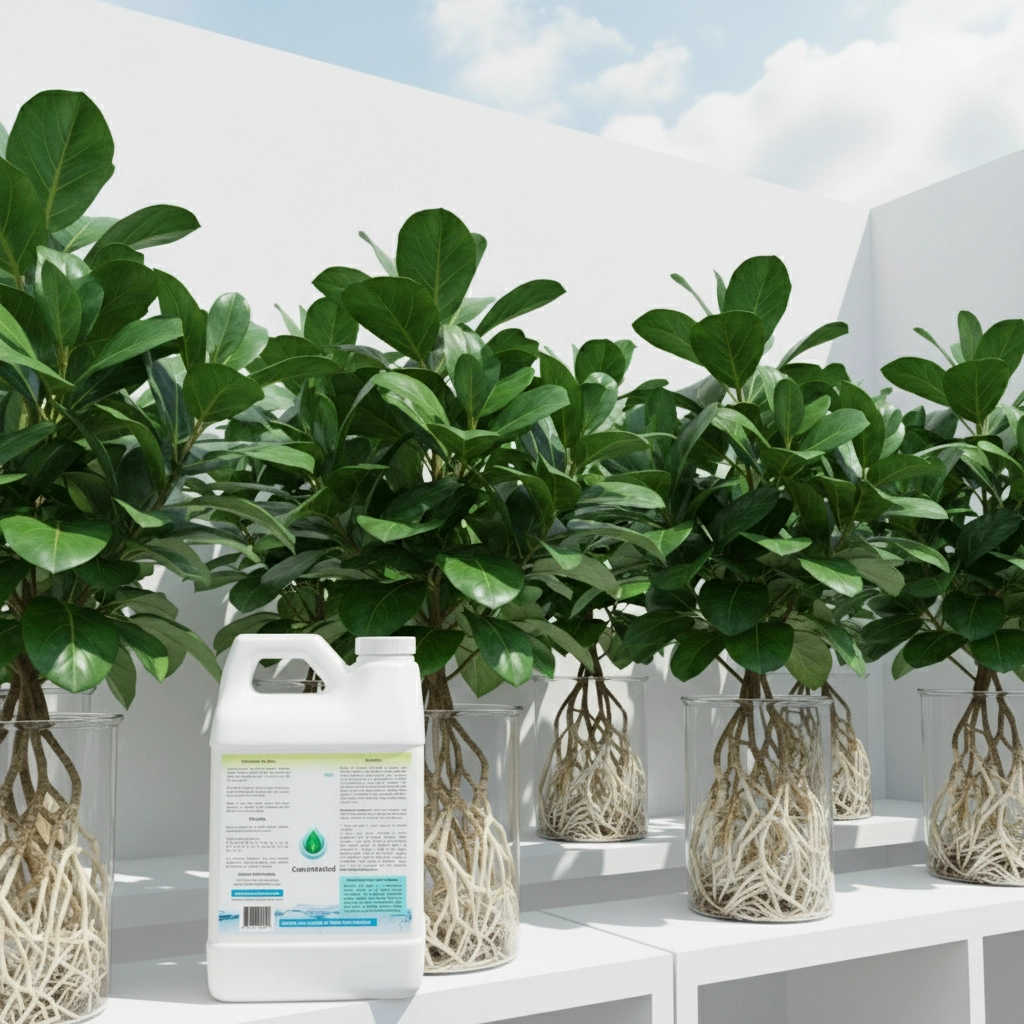
5. enhanced root development and nutrient uptake
- minerals involved: calcium, magnesium, boron, silicon.
- upgrade: more lateral roots + better transporter proteins.
- efficiency: do more with less. fertilizer for vegetables goes further.
- directive: apply with irrigation. monitor color and vigor.
6. superior flavor and nutritional quality
- tomatoes: use alongside fertilizer for tomatoes for peak taste and density.
- principle: complete minerals → balanced sugars, acids, aromatic compounds.
- outcome: vegetables with higher nutrient density. better real flavor.
- tag: best plant food strategy = minerals + biology + steady n-p-k.
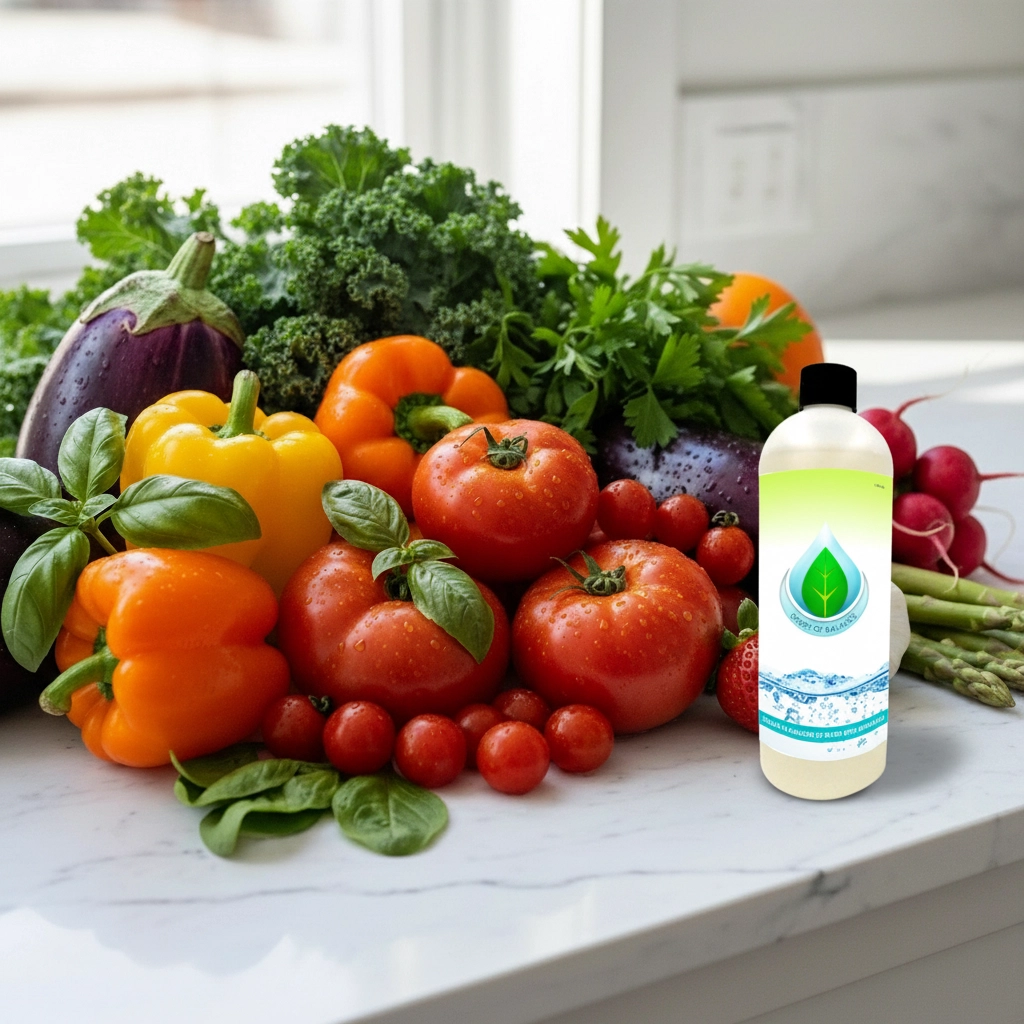
7. thriving soil ecosystem support
- microbes: nitrogen fixers need cobalt/nickel. mycorrhizae depend on trace elements.
- loop: healthier biology → faster cycling → available nutrition → stronger plants.
- long-term: compounding benefits each season. durable soil health.
implementation: make it work in your garden

- step 1: treat tap water. goal: remove fluoride from water, chlorine, heavy metals, glyphosate. tool: drops of balance concentrates.
- step 2: dilute per label. apply in irrigation or foliar. frequency: light and consistent.
- step 3: integrate with organic gardening routine. pair with organic fertilizer or compost.
- step 4: monitor plants. adjust based on response. direct question: what do plants need to grow here? answer: more complete minerals.
quick checks:
- if tomatoes pale or bland → add minerals + fertilizer for tomatoes.
- if compaction or runoff → mineralized water as garden soil amendment.
- if weak uptake → increase trace minerals for soil slightly.
status: ok. plants supplied with missing pieces. reference: drops of balance concentrates
